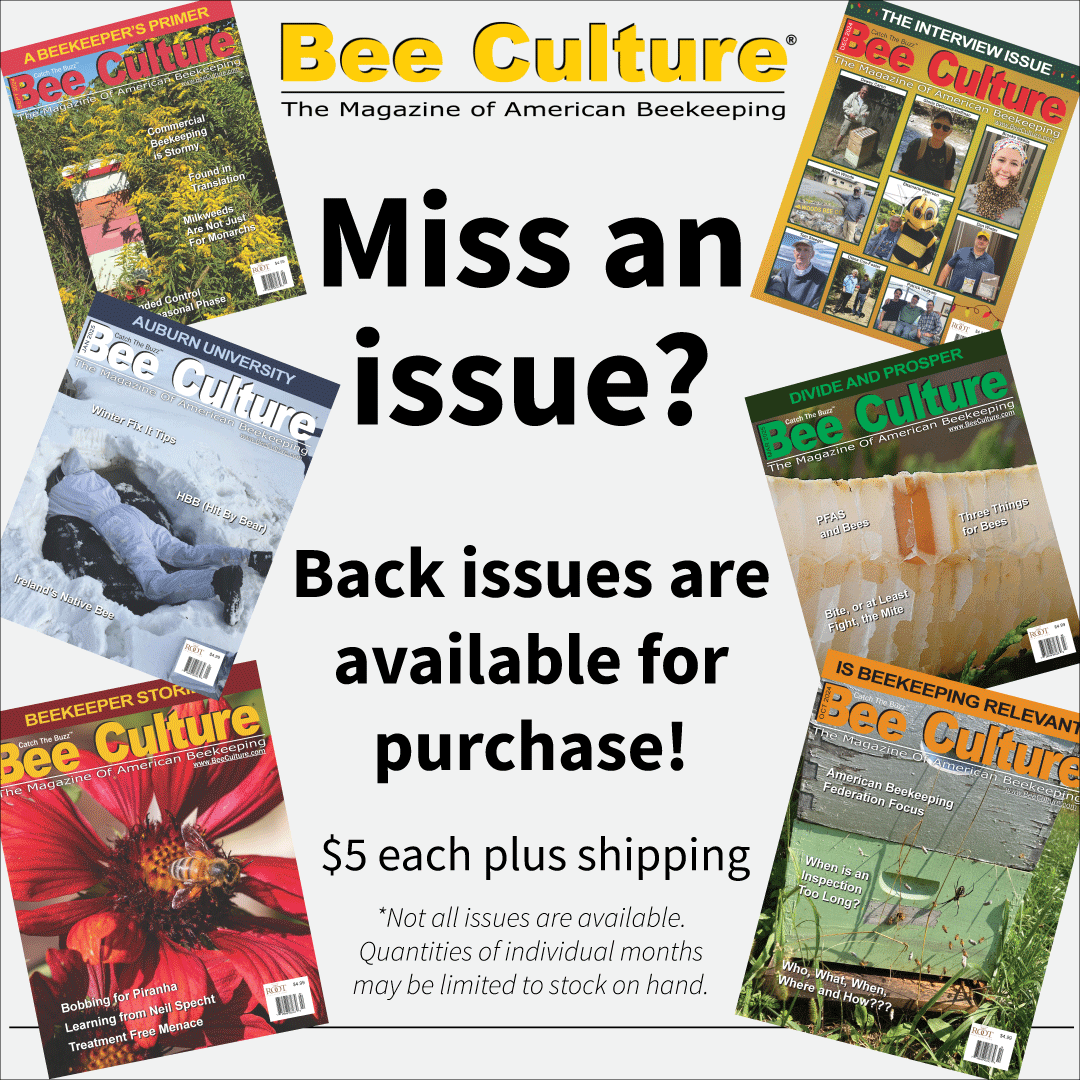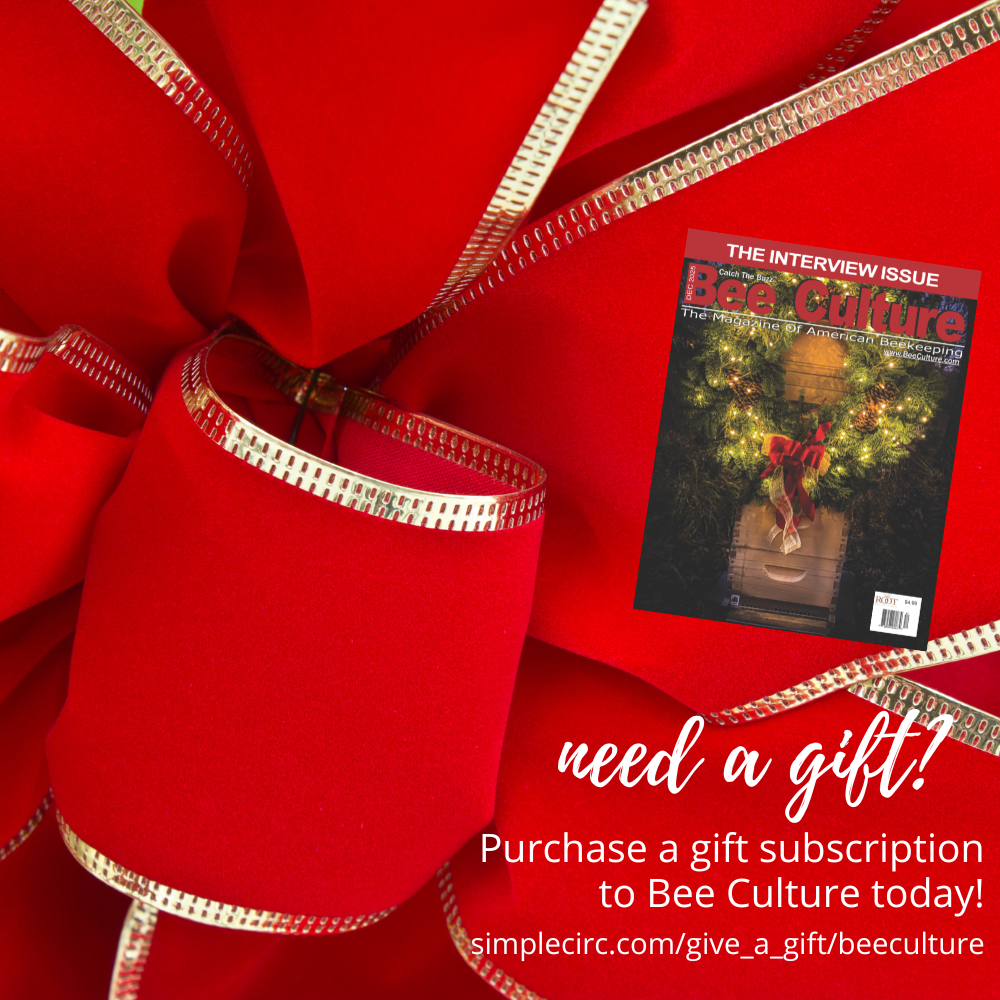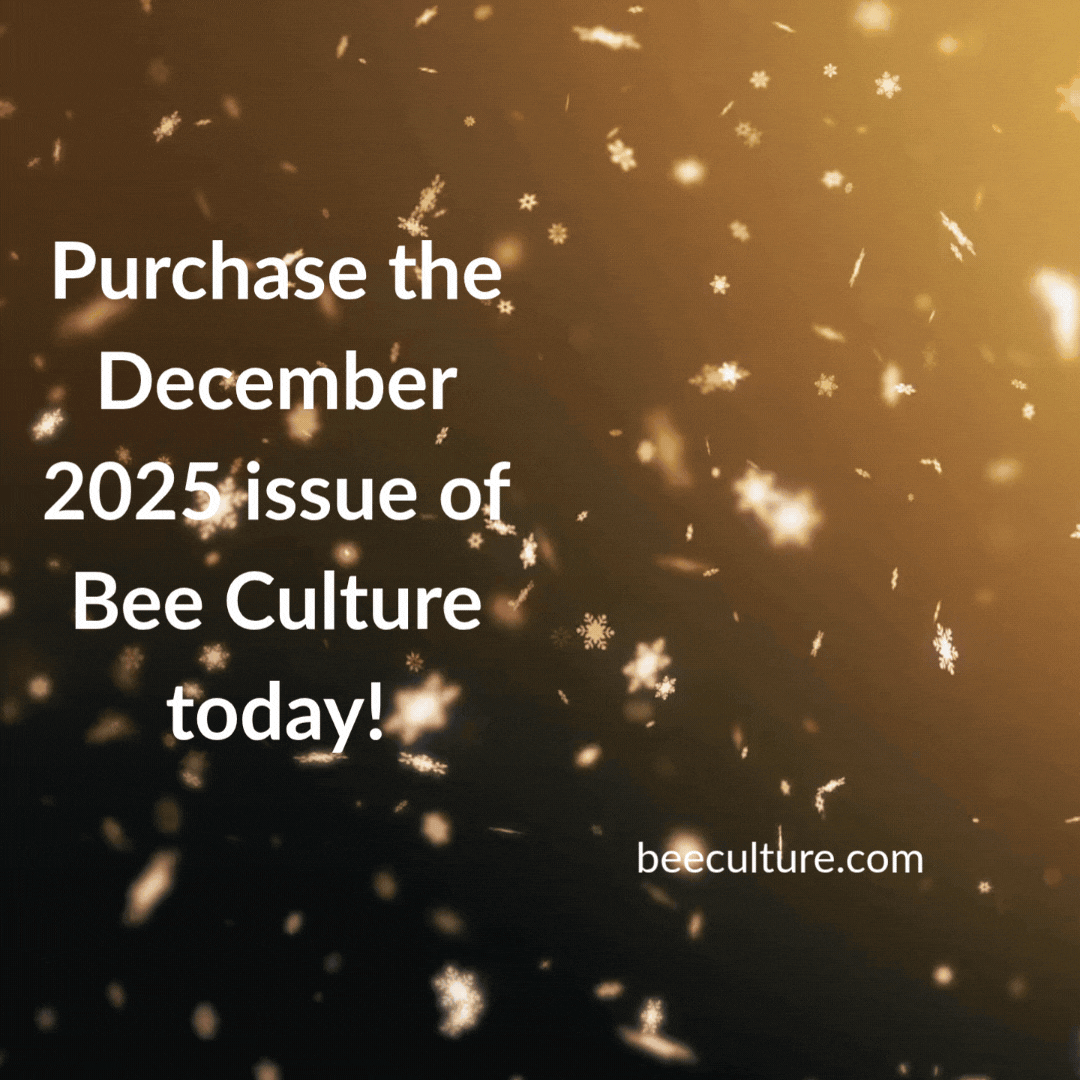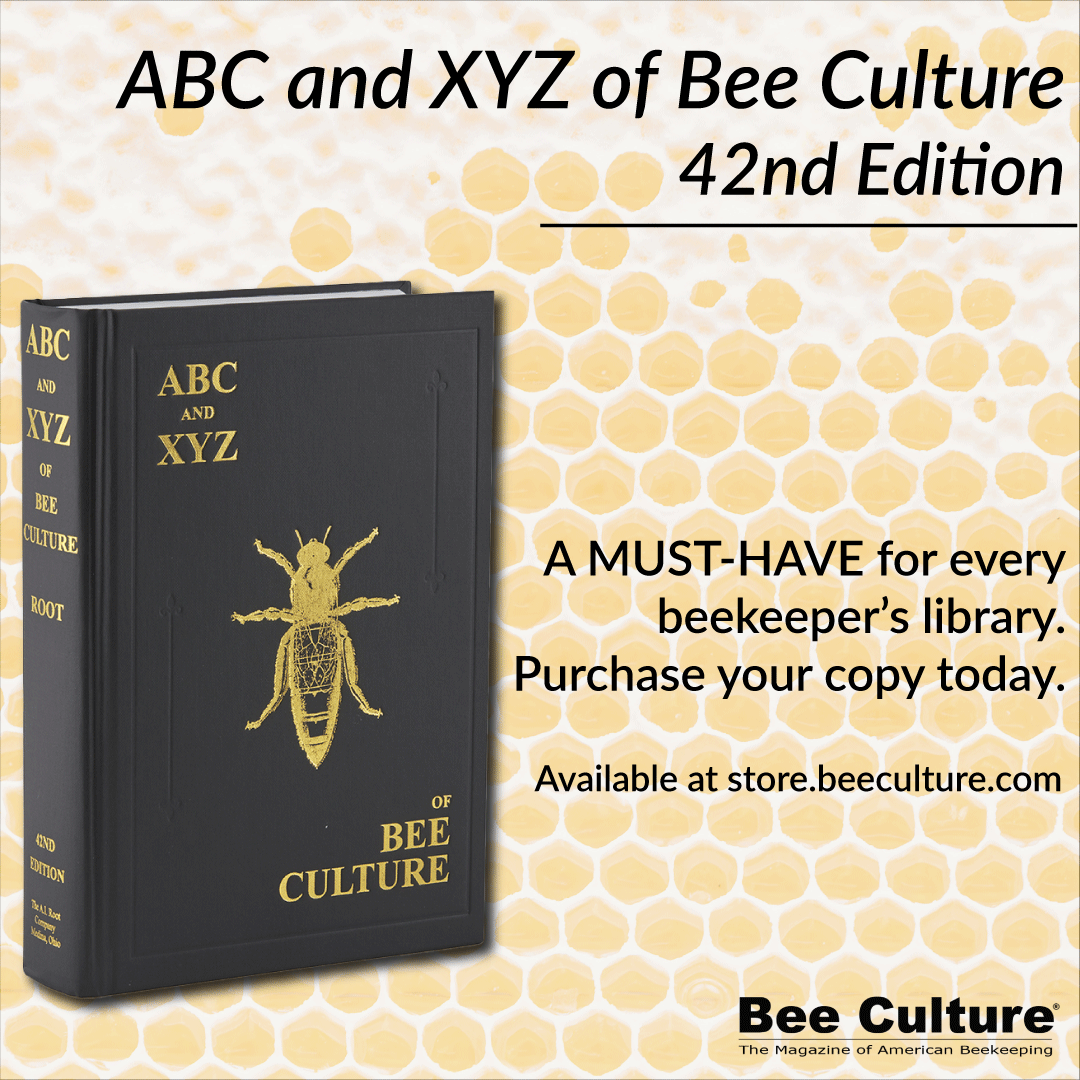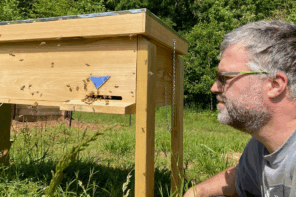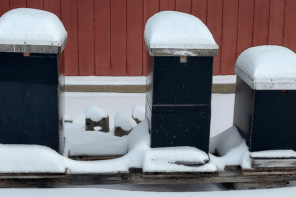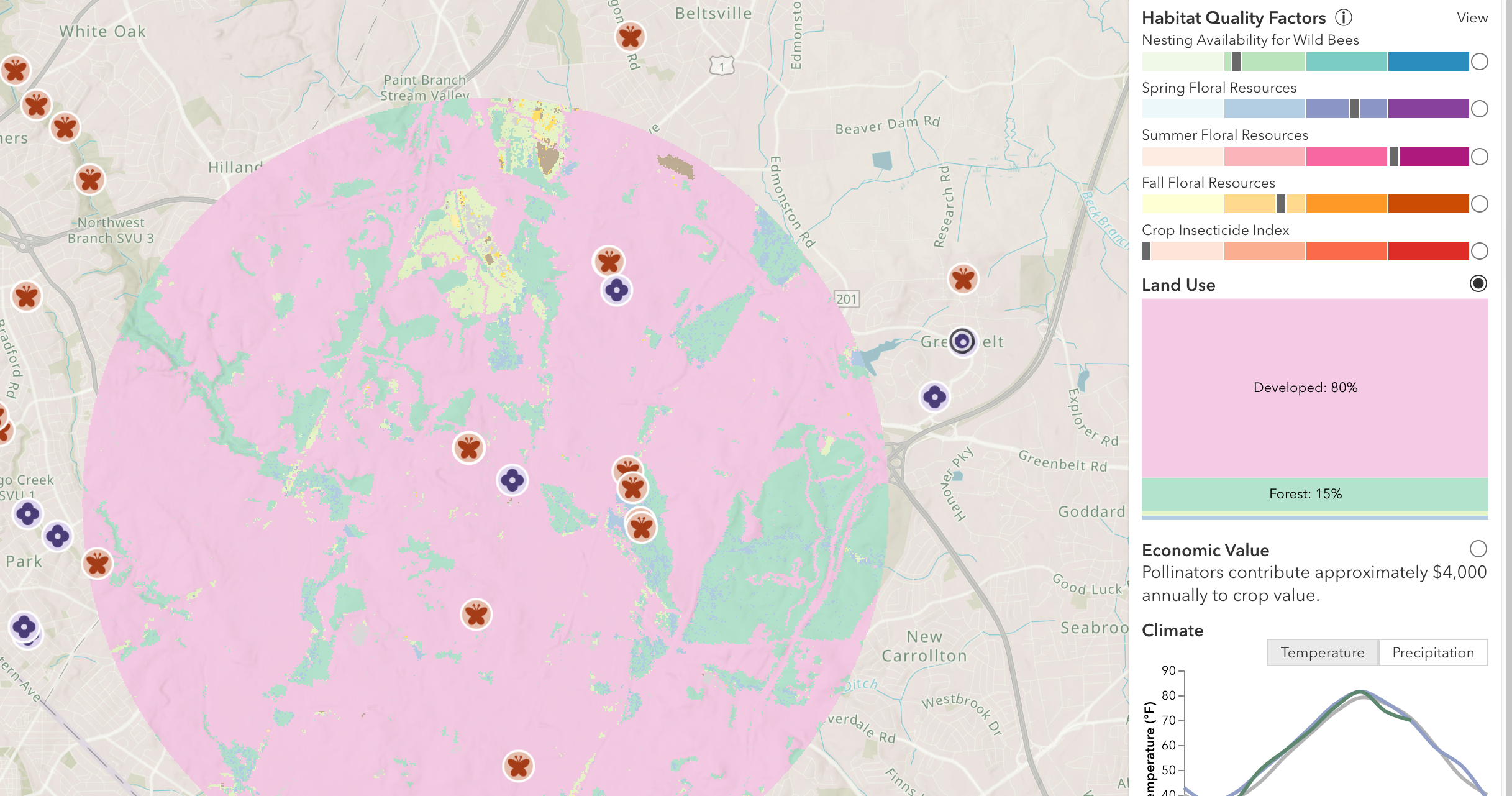By: Kim Flottum
Keeping honey bees is little different than raising chickens, goats or cattle, or having pets in your life. When you assume the responsibility of their care there are some fundamental needs all living creatures have that you now have to provide, or at least allow them to pursue. Moreover, some animals are so domesticated they no longer can survive on their own and totally, or almost totally rely on humans for support.
For bees, which are essentially still wild animals that choose to stay with us, at least for a time, the rules are a bit different, but only slightly. Because they can, and will often up and leave, there is less protection from some things needed, but still they have needs. And, because we are using them for certain purposes…honey production and crop pollination…it pays to pay attention.
-
- Good Queens
And she should be able to find as many of these as she could possibly desire…20, 30 maybe more, all happening during perfect flying weather so she isn’t hindered, delayed, or in any way restricted from joining with all the drones she wants. This is extremely mated.
Once mated, she should be put in charge of a colony, maybe yours, that is as clean as can be. There should be new comb everywhere, lots and lots of food, thousands of nurses overflowing with Queen Food all the time in a hive that has more than enough room to store food, lay eggs, and provide protection. She should never be exposed to pests or diseases that could weaken her, or worse, cause her to pass along viruses or other beasts to her children.
And speaking of children, once she starts laying all the eggs she can produce, unhindered by lack of space, poor quality food, or nurses to care for her, she should soon be putting out 1000, then 1200, maybe as many as 1500 or 1800 eggs a day, every day. She should be an Egg Laying Machine, and she should be comfortably able to do this for three, four, maybe five years without interruption or distraction. Of course she will allow for seasonal differences and delays, but these aren’t dangerous or debilitating in the least.
2. Good Genetics
Of course after all that good care, extreme mating and perfect place to live, the offspring should be exactly what you want them to be. This is a combination of nature and nurture, and here’s what they should be. They should be perfectly adapted to the place they were born, whether cold, long Winters or warm tropical all year. They should absolutely subscribe to your management style…honey producers, pollinators, urbanites, slow to start in the Spring or raring to go on New Year’s Day. And they certainly should be at least nearly immune to the foibles of the pest, predator and disease world meaning they live full productive lives, unhindered by any of the legion of problems less able honey bees are prone to. In fact, they should be so adapted to all of this that never in her life should she be exposed to the poisons used in other hives to thwart the attacks of the evil ones. Never.
And they should be well behaved. So well behaved that you never fear their wrath or fury, and that they always display good manners toward strangers.
When it comes to queens, remember that “An average queen in a strong, healthy colony will always do better than a great queen in a subpar colony.”
3. Pest Management
The rule is – control Varroa or die. Use resistant bees, non-chemical controls like drone trapping, broodless periods, or the organic acids, or even the softer essential oils. Maybe even go to the rougher stuff – but control Varroa, and the virus and plagues they carry, or die. The rest are a walk in the park compared to Varroa, but don’t ignore them, ever.
4. Do No Harm
This is directly related to No. 3. The chemicals used to control Varroa and other diseases can and do harm bees, too. Always use non-toxic controls first, then soft chemicals, and as a last resort, pull out the big guns, but only as a last resort.
5. Provide a safe environment
The environment in this case is the whole world bees are in. Inside, keep poisons out, and remove any that enter – whether administered by the beekeeper, or those brought home by the bees. Keep equipment in good shape, weather preserved and sound. As far as possible, isolate your bees from other bees, reducing the likelihood of sharing problems. And stay far, far away from agriculture, the second greatest threat to a bee’s continued existence after Varroa.
6. Enough room at the right time
A colony needs enough room for all the bees, brood nest expansion at the peak of the season, incoming nectar and stored honey and pollen. And the bees need that room before even they know they need it, but to be on top of any colony the keeper needs to know when they will need it, and have it ready and waiting.
7. Enough good food
This is simply good husbandry. Enough good food in terms of quantity, quality and timing. Good food comes in many forms however. Naturally, when the bees live off the bounty of nature, but also from the beekeeper so there is never a need, even for a day, for enough. And water. Lots of water close to home, always. In fact, the future holds, in my opinion, the promise of islands of forage, grown especially for bees, managed by the beekeeper, directly or hired done, such that the bees never have to forage further than the fence row that keeps them in.
8. Only healthy hives
Above all, keep stress, of any kind, out of sight. Do not nurse failing colonies, rather find the cause, cure it and join the weak to the strong so always one survives, even thrives. And as the old axiom says, take your losses in the Fall, rather than clean up the remains in the Spring. Requeen before the bees even know the queen is failing, before there is even a moment’s hesitation in the command process. Always be proactive with food, queens, medications and available room.
9. Winter well
Take care of the bees that take care of the bees that go into Winter for starters. Provide enough good food – both carbs and protein – to last until next Summer, and have a strong population when the snow starts to fly so there’s more than enough bees all Winter long. Provide protection – wrapping with dark colored covers, wind breaks and have excellent ventilation, all Winter long.
10. Food safety
Prevent harvest contamination with fumes or smoke, and keep honey supers covered well at all times. Never, ever for any reason warm honey past 100 degrees F whether when uncapping with a hot knife, or flash heating to filter in-line, or when in a bottling tank to ease and speed the process, to make sure none of the fine things there are driven off or destroyed. Make certain the moisture content is below the magic number, and, simply, use common sense when handling any honey because it is a food, given to friends, family and sold as a luxury food.


